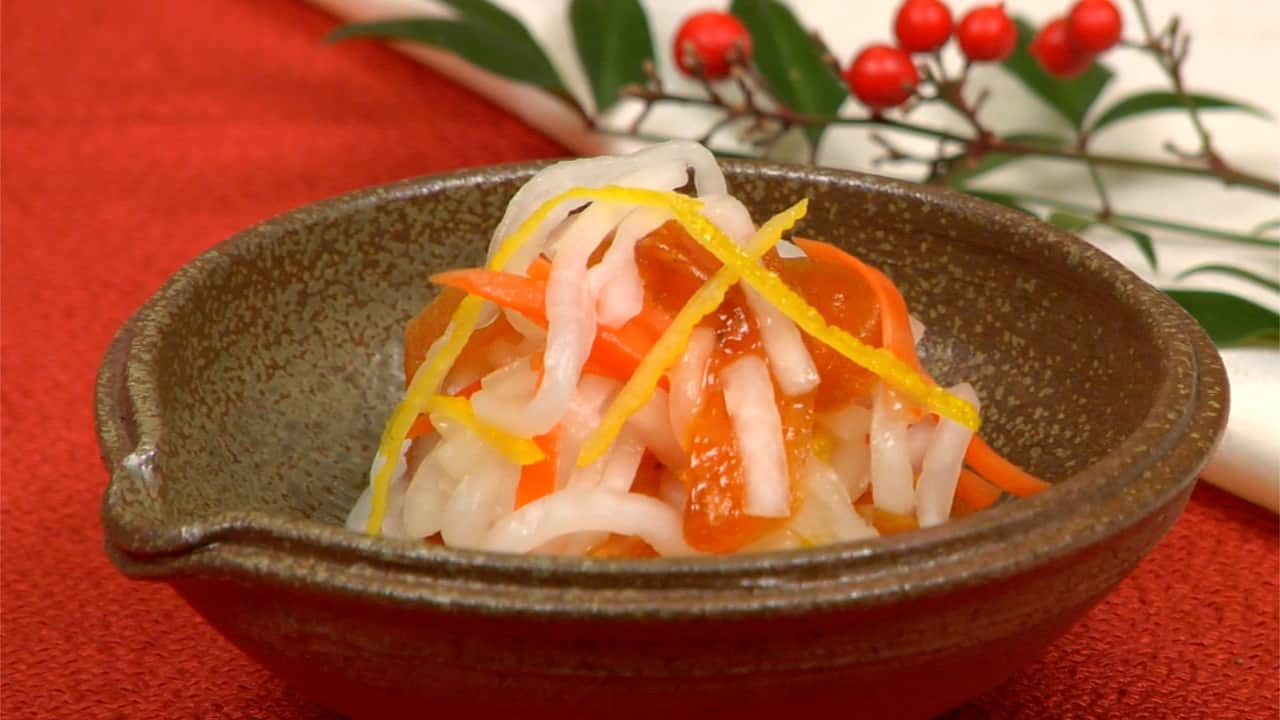
Home › Tudor & Stuart Thanksgiving Series › Barberry Sauce for Roast Meats (1660)
Barberry Sauce for Roast Meats (1660) — A Tudor & Stuart Alternative to Cranberries
Part of the Tudor & Stuart Thanksgiving Series — exploring how early modern English cooks used tart, jewel-red fruits like barberries to brighten rich feasts in much the same way we use cranberry sauce today.
A Sharp, Scarlet Counterpoint to Roast Meat
Long before cranberries became iconic on American holiday tables, English cooks were using barberries to do a very similar job. These tiny, vivid red berries — the fruit of the shrub Berberis vulgaris — appear in 16th- and 17th-century English recipes as garnishes, pickles, and sharp, “cooling” sauces for goose, pig, pork, and rich pies.
In The Accomplisht Cook (1660), Robert May scatters barberries through pies and dressings, and suggests them in sauces for goose and other roasted fowl. Their bright acidity and ruby colour made them a perfect foil for fatty meats — a role cranberries would come to play later in colonial New England.
Barberries, Cranberries, and the Thanksgiving Table
Barberries in England: Barberries are native to Europe and western Asia. In early modern England they were valued both as a medicine and a culinary ingredient, especially for their sharp taste and striking colour. They were used in pickles, preserves, sauces, and as garnishes on rich dishes, and were common enough to appear repeatedly in British recipe books and household manuscripts.
Cranberries in North America: Cranberries (Vaccinium macrocarpon) are native to North America. Indigenous peoples in New England and the Canadian Maritimes harvested them for food, dye, and medicine. Seventeenth-century English accounts of New England describe “craneberries” being eaten with meat and as part of pemmican-like preparations.
Parallel Uses, Different Histories: While there is no surviving English recipe that says “use cranberries where you would use barberries,” the two fruits occupy very similar roles:
- Both are small, tart, scarlet berries.
- Both were served with rich meats as a sharp, refreshing contrast.
- Both appear in sauces, relishes, and preserves.
In England, barberries remain the canonical choice in the 17th century; in colonial New England, cranberries fill the local niche. For modern historical cooks in North America, cranberries can be a practical stand-in when barberries are unavailable — as long as we are clear that the substitution is modern, not Tudor or Stuart.
Period Sources: Barberries in Robert May’s Kitchen
Sauce for a Goose — Robert May, The Accomplisht Cook (1660)
The following comes from May’s “Sauce for a stubble or fat Goose”, which gives two forms. The second explicitly calls for barberries in a rich apple-based sauce.
Source: Robert May, The Accomplisht Cook (London, 1660), “Sauce for a stubble or fat Goose.” The full text is available via Project Gutenberg and early modern facsimiles.
Sauce for a stubble or fat Goose.
1. The Goose being scalded, drawn, and trust, put a handful of salt in the belly of it, roast it, and make sauce with sowr apples slic’t, and boil’d in beer all to mash, then put to it sugar and beaten butter. Sometime for veriety add barberries and the gravy of the fowl.2. Roast sowr apples or pippins, strain them, and put to them vinegar, sugar, gravy, barberries, grated bread, beaten cinamon, mustard, and boil’d onions strained and put to it.
To Pickle Barberries Red — Robert May, The Accomplisht Cook (1660)
May also gives directions for pickling barberries, which provide the preserved fruit used in sauces throughout the year.
Source: Robert May, The Accomplisht Cook (London, 1660), section on pickles and preserves (often titled “To pickle Grapes, Gooseberries, Barberries, red and white Currans” and related entries).
To Pickle Barberries Red.
When your Barbaries are picked from the leaves in clusters, about Michaelmas, or when they are ripe, let your water boyl, and give them a half a dozen walms; let your pickle be white-wine and vinegar, not too sharp, so put them up for your use.








.jpg)


